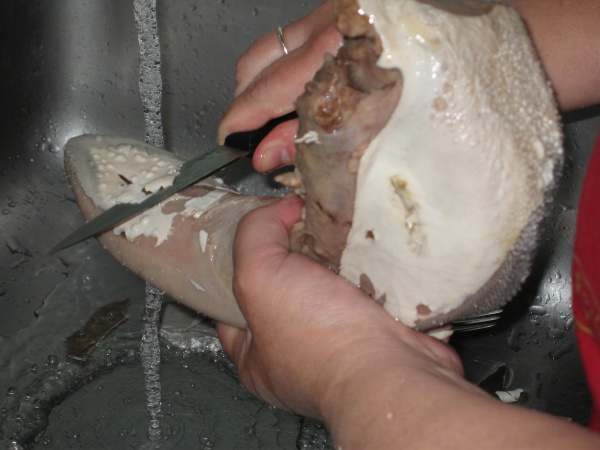Facts About Beef tongue
Beef tongue, a delicacy derived from the cow's tongue, is a rich and fatty dish, with up to 72% of its calories coming from fat. It's not merely a local favorite; countries like Canada, particularly Alberta, export substantial quantities of it.
Preparing beef tongue is somewhat of an art form. Typically, it involves seasoning with spices and onions, boiling, and then peeling off the skin. For an added twist, you can pickle it to enhance the flavor. Another popular method is to scald the tongue, remove the skin, roast it in the oven, and create a savory gravy from the drippings.
This versatile ingredient is enjoyed globally. In North America, it's often served in tongue toast sandwiches. Mexican cuisine showcases it in tacos and burritos, where it’s referred to as lengua.
European countries such as Belgium, France, Russia, Ukraine, Austria, Germany, and Poland have their own distinctive ways of preparing beef tongue, usually accompanied by various sauces and sides. In Japan, grilled tongue, or gyūtan, is a beloved dish.
The love for beef tongue extends far and wide. It holds a cherished place in the culinary traditions of Albania, Argentina, Brazil, Bulgaria, the UK, Indonesia, Italy, China, Korea, the Philippines, Lithuania, Latvia, Mongolia, Nicaragua, Persia, Portugal, Romania, Spain, Turkey, and Uruguay.

 Ukraine
Ukraine